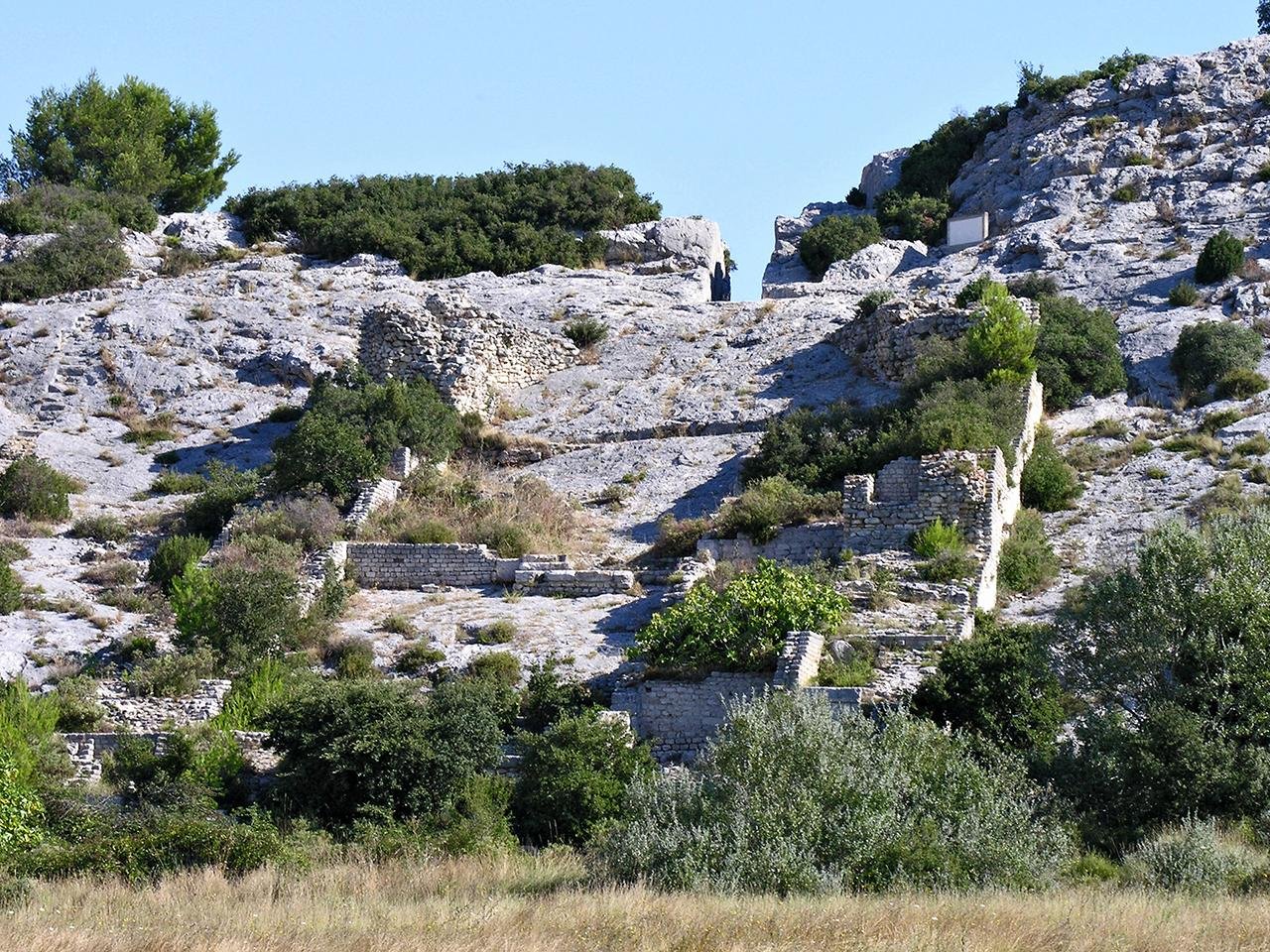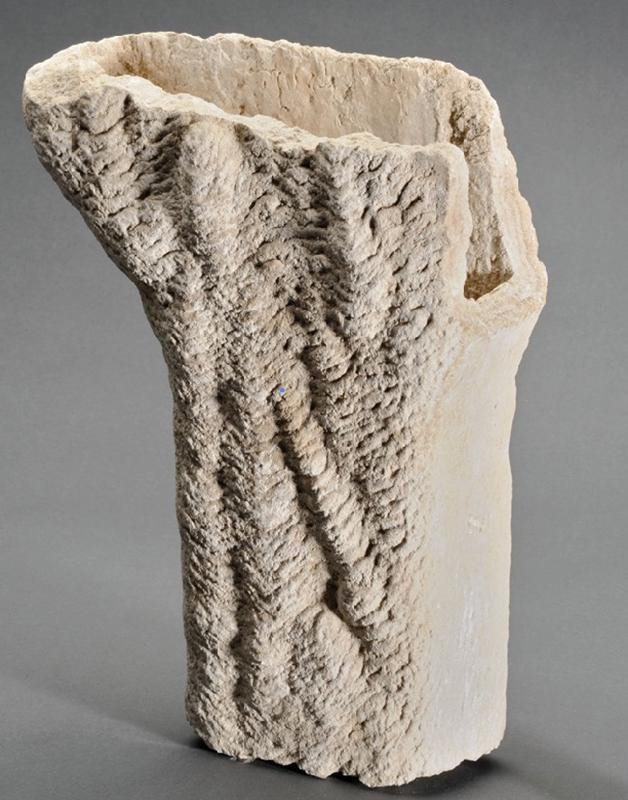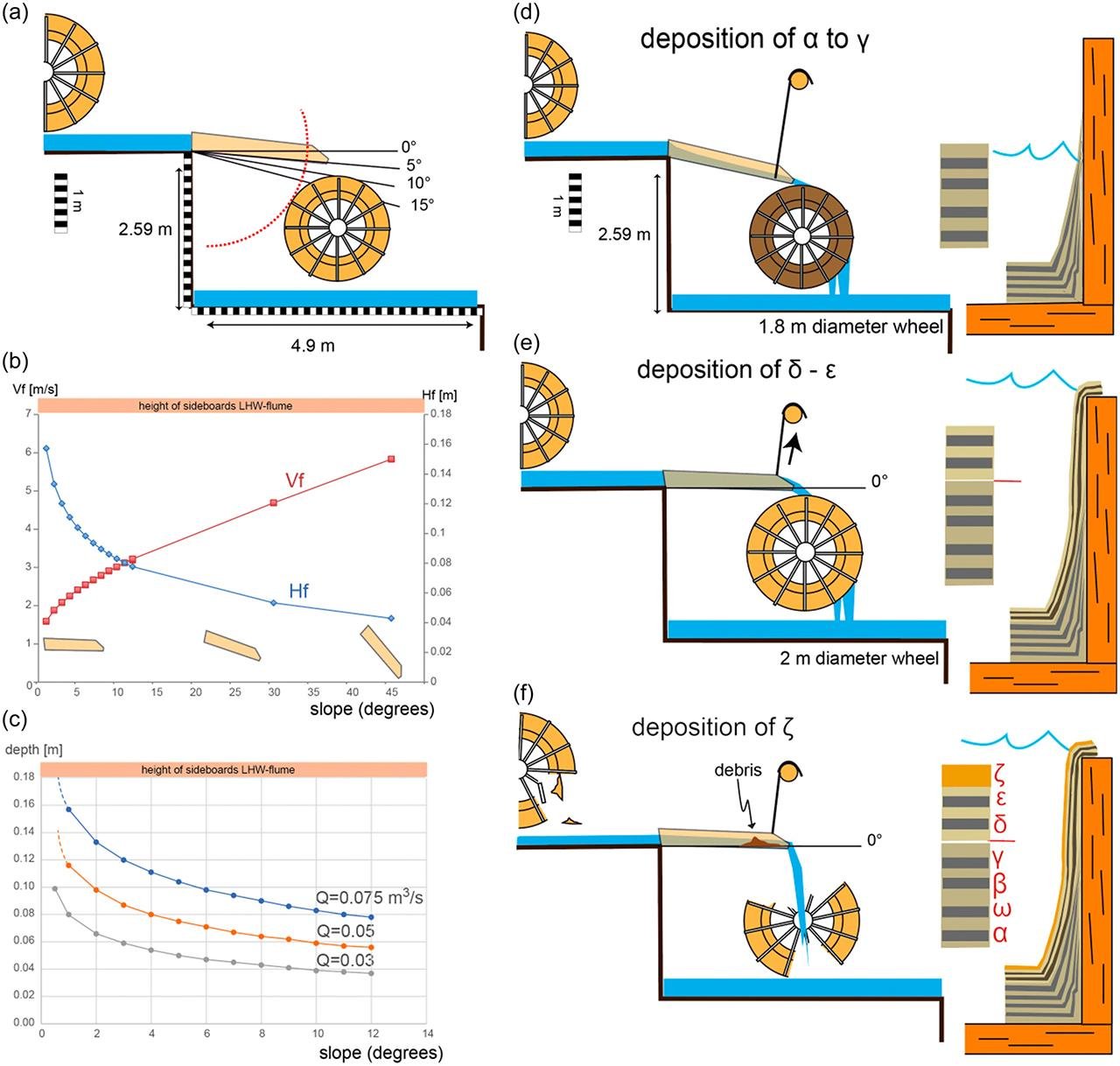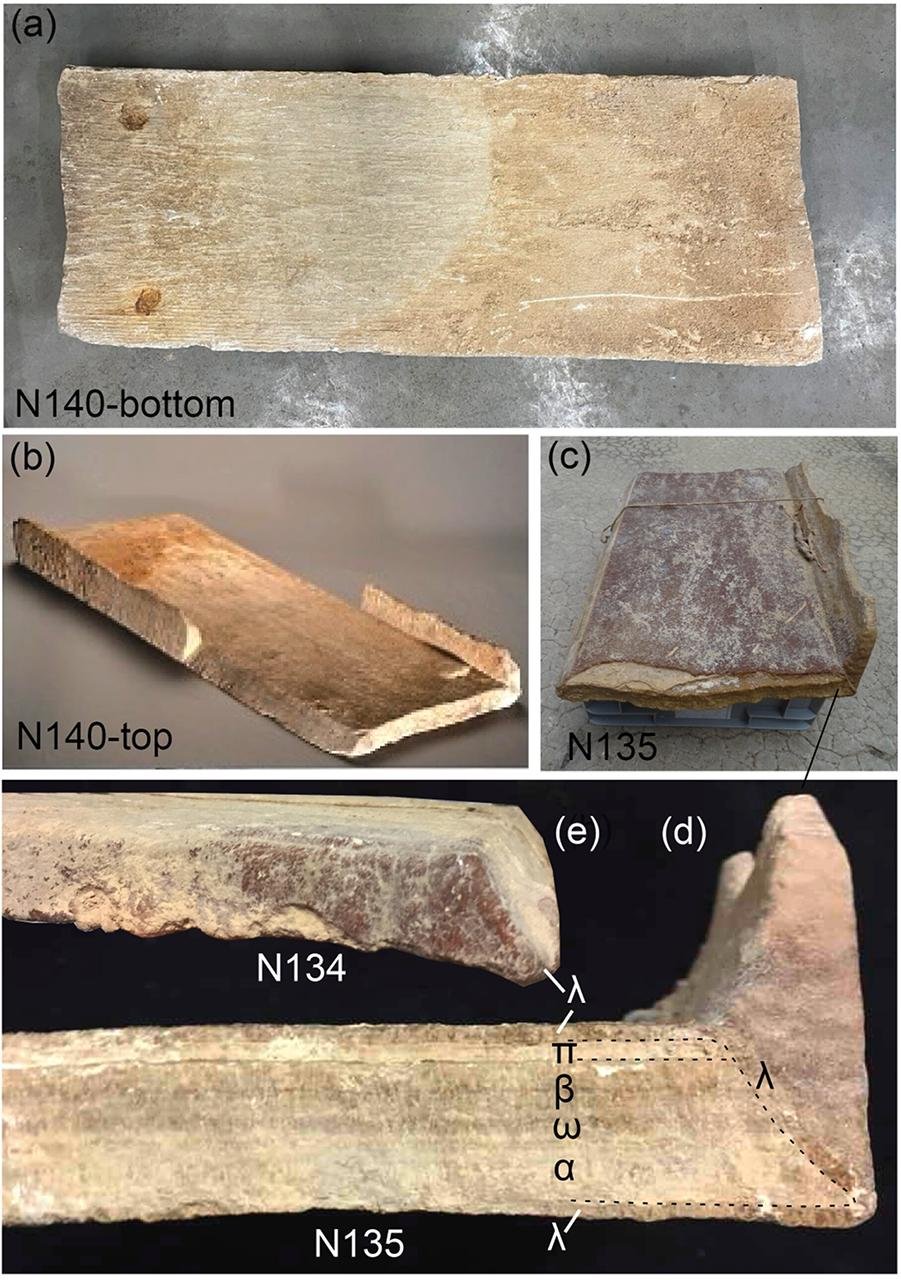Archaeologists and researchers have faced significant challenges in reconstructing the history of ancient structures from scant ruins. One such challenge has been the remnants of the Roman water mills in Barbegal, Southern France. Dating back to the 2nd century CE, these mills represented an advanced and unique industrial complex of their time.
 View of the ruins of the Barbegal mill complex. Credit: Robert Fabre
View of the ruins of the Barbegal mill complex. Credit: Robert Fabre
Comprising 16 water wheels arranged in parallel rows—eight on the east and eight on the west side—the mills operated in a cascading waterfall-like fashion. Until recently, little was known about the precise function and operation of these mills, except that they were supplied by an aqueduct bringing water from the surrounding hills.
A breakthrough came through the efforts of Professor Cees W. Pᴀsschier and Dr. Gül Sürmelihindi from Johannes Gutenberg University Mainz (JGU), along with colleagues from France and Austria. They used calcium carbonate deposits, now housed in the Archaeological Museum of Arles, to reconstruct the history of the Barbegal mills. These carbonate deposits had formed towards the end of the approximately 100-year operational life of the mills on the sides and base of the wooden water supply system.
 Hollow carbonate fragment from the Barbegal mills, possibly from a spoke of the wooden millwheel. Credit: Philippe Leveau
Hollow carbonate fragment from the Barbegal mills, possibly from a spoke of the wooden millwheel. Credit: Philippe Leveau
“We show that it is possible to reconstruct to a large extent the history of a water mill on the basis of such carbonate deposits,” stated Pᴀsschier, head of the JGU team. Initially, the researchers had to piece together 140 stored fragments like a jigsaw puzzle. They then analyzed the layers using various techniques, including mᴀss spectrometry.
 Schematic presentation of two superposed mill basins with flumes as discussed in this paper, and cross-section through a mill basin with millwheel and flume (left); Reconstruction of the mill complex (right). Credit: Pᴀsschier et al., Geoarchaeology (2024)
Schematic presentation of two superposed mill basins with flumes as discussed in this paper, and cross-section through a mill basin with millwheel and flume (left); Reconstruction of the mill complex (right). Credit: Pᴀsschier et al., Geoarchaeology (2024)
Their research, published in Geoarchaeology, revealed that the wooden water wheels and channels had to be replaced every three to eight years. In at least one instance, an old water wheel was replaced with a larger one. This conclusion was drawn from the shape of the carbonate deposits formed in the water channel. Lower, earlier layers indicated relatively low water levels, while upper, later layers indicated higher water levels. The researchers rejected the possibility of increased water flow, concluding instead that the channel’s inclination had been altered from a steeper angle with a low water level to a shallower slope with a higher water level.
“The entire structure of this water mill must have been modified,” said Pᴀsschier. “If you uplift the water channel alone, the water tends to splatter, losing the power to drive the wheel efficiently. Thus, when you uplift the water channel, you also need a larger water wheel.” Supporting this conclusion, a section of carbonate deposit formed on the water wheel only contained layers from the latter years of operation.
 Credit: Pᴀsschier et al., Geoarchaeology (2024)
Credit: Pᴀsschier et al., Geoarchaeology (2024)
Isotope analysis of the carbonate layers provided further insights. Carbonate contains oxygen, and the relative ratios of oxygen isotopes differ with water temperature. By examining these ratios, the researchers inferred water temperatures and identified the seasons during which the layers were deposited. They concluded that the carbonate deposits in the water channels formed over seven to eight years. The uppermost and youngest carbonate layer, containing mollusk shells and wood fragments, indicated that the mills were abandoned by then, with water continuing to flow and deposits forming even as maintenance ceased.
Another significant question addressed by the researchers was whether the mills operated in unison under a single operator or independently. The differing layers of carbonate deposits in three water channels suggested independent operation, at least towards the end of the mills’ usage. Furthermore, the western side of the complex was abandoned earlier than the eastern side. The research also uncovered that some carbonate fragments from the water channels were later repurposed as parтιтion screens in a water basin for other industrial uses after the mills’ abandonment.
 Details of carbonate fragments of flume C. Credit: Pᴀsschier et al., Geoarchaeology (2024)
Details of carbonate fragments of flume C. Credit: Pᴀsschier et al., Geoarchaeology (2024)
Fernand Benoit’s excavation of the Barbegal site between 1937 and 1939 first identified the complex as a series of flour mills driven by an aqueduct. He discovered fragments of carbonate with wood imprints, which he identified as carbonate crusts formed on decayed wooden mill elements. These fragments, now in the Musée Départemental Arles Antique, represent only a portion of the original deposits but provide valuable insights into the structure and operation of the mill machinery.
Johannes Gutenberg Universitaet Mainz
More information: Pᴀsschier, C. W., Sürmelihindi, G., Viollet, P.-L., Leveau, P., & Spötl, C. (2024). Operation and decline of the Barbegal mill complex, the largest industrial complex of antiquity. Geoarchaeology. doi:10.1002/gea.22016





